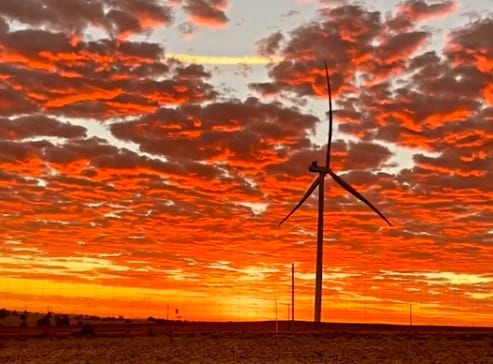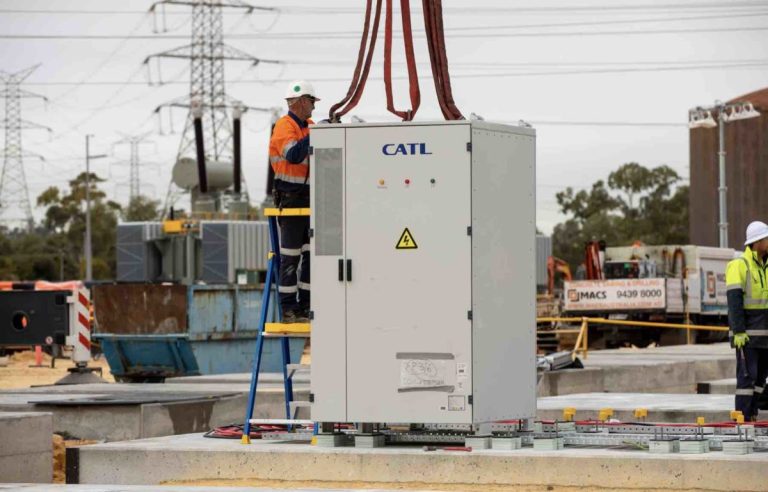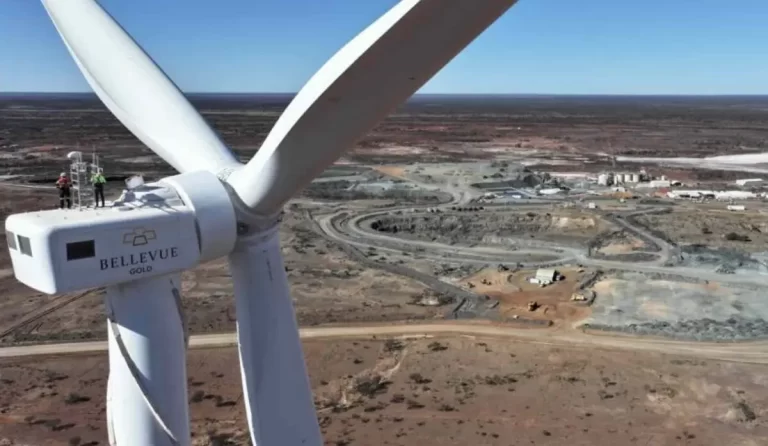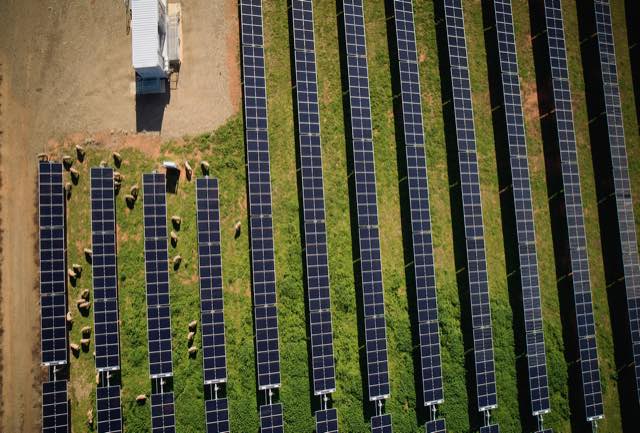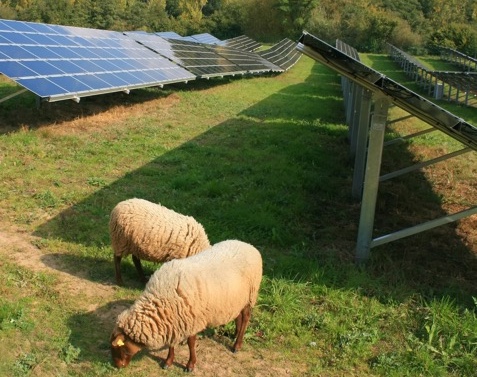Solar Shines on NSW, Wind Prevails Out West
In March, solar farms in New South Wales dominated the top spots in Australia’s output rankings, with 15 of the top 20 facilities hailing from the state. According to energy analyst David Dixon at Rystad, Iberdrola’s Avonlie solar farm in NSW led the pack, boasting a capacity factor of 32.3 per cent, making it the best performing solar facility in the country for the month.
Following closely behind were Sun Energy’s Merredin solar farm in Western Australia with a 31.8 per cent capacity factor, and Metka’s Corowa solar farm in NSW at 31.6 per cent.
Notable Entries and Factors Influencing Capacity
The top 20 list also featured the newly commissioned Tailem Bend 2 solar farm from South Australia, the sole representative from the state in the rankings. Additionally, Blue Grass stood as the only facility from Queensland, while Victoria saw two of its solar farms, Gannawarra and Glenrowan West, making the cut.
Capacity factors of solar farms can be impacted by various factors such as weather conditions, sunlight availability, wholesale prices, and network limitations. Many solar farms may choose to shut down when wholesale prices dip below a certain threshold.
Wind Farms Making Waves
On the wind energy front, Western Australia took the lead in the top 20 list with six of the top seven spots, including an impressive 60 per cent capacity factor achieved by Alinta and Ratch Energy’s Yandin wind farm located north of Perth. The recently connected Flat Rocks wind farm also delivered a strong performance.
While Yandin wind farm hit a record 60 per cent capacity factor for the first time in a single month, other wind farms like Kiata, Cullerin Range, Woodlawn, Walkaway, Badgingarra, and Moreton’s Lane have surpassed this figure in the past.
Regional Performance Overview
Queensland outperformed in wind energy compared to solar, with Kennedy, Coopers Gap, and the new Dulacca wind farms securing spots in the top 10. South Australia had a strong presence with seven entries in the top 20, while NSW had two representatives (Sapphire and White Rock), Tasmania one (Woolworth), and Victoria none in the top 20.
Dixon reported that the combined output of all Australian utility-scale solar PV and wind assets totalled 4,102 GWh in March, marking a 17 per cent increase from the previous year’s 3,512 GWh. New monthly records for utility solar and wind generation were set in several states, driven by improved asset performance rather than an increase in the number of solar farms.
State-Level Breakdown
At a state level, NSW led the pack in generation, producing 1,160 GWh, with 670 GWh from utility PV and 490 GWh from wind sources.
